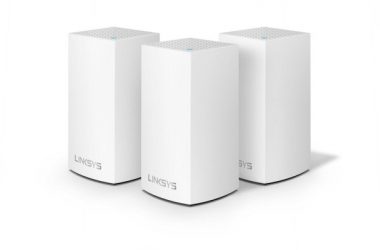
Google plans to upgrade its YouTube video streaming Web site to provide support for IPv6, a long-anticipated upgrade to the Internet’s main communications protocol.
Google already supports IPv6 with its Search, Alerts, Docs, Finance, Gmail, Health, iGoogle, News, Reader, Picasa, Maps and Wave products.
Google’s Chrome operating system — whose source code was released this week — supports IPv6, as does its Android platform for mobile devices. For example, if a Verizon Droid user connects to a Wi-Fi network with IPv6, the user will be able to connect to IPv6 Web sites.
"YouTube is the IPv6 team’s number one priority right now," says Erik Kline, IPv6 software engineer at Google. "We haven’t said anything about the timeframe for that yet."
Google admits it isn’t seeing much IPv6 traffic yet on the Web services it has enabled so far.
"It’s somewhere on the order of the 0.2% range of Google users have IPv6 access," says Lorenzo Colitti, network engineer at Google. "Around 40% of that traffic is native. We’ve seen healthy growth in the last year."
Google is anticipating IPv6 traffic growth as more devices such as LTE handsets and set-top boxes ship with IPv6 support, and as more ISPs such as Hurricane Electric, Global Crossing and Comcast offer IPv6 access and transit services to users.
"We expect roll-outs to happen in our user community," Colitti says. "We expect other ISPs to push this to users, and we’ll be ready for that."
Google is one of the Internet’s most aggressive adopters of IPv6. Indeed, Google’s lead IPv6 engineers — Colitti and Kline — were recognized by the Internet Society earlier this month for their contributions to IPv6 deployment as winners of the Itojun Service Award, which includes a $3,000 prize.
The Internet Engineering Task Force (IETF) created IPv6 in 1995 as a replacement to the existing version of the Internet Protocol, known as IPv4.
IPv6 is needed because the Internet is running out of IPv4 addresses. IPv4 uses 32-bit addresses and can support approximately 4.3 billion individually addressed devices on the Internet. IPv6, on the other hand, uses 128-bit addresses and can support so many devices that only a mathematical expression — 2 to the 128th power — can quantify its size.
Experts predict IPv4 addresses will be gone by 2012. At that point, all ISPs, government agencies and corporations will need to support IPv6 on their backbone networks.
Besides Google, other early adopters of IPv6 in the United States include the federal government and Bechtel. The Planet, Netflix and Limelight Networks demonstrated IPv6 services over Comcast’s network in June.
Google engineers have said that IPv6 deployment is not as difficult nor is it as expensive as they thought it would be.
"We’ve seen that it’s easy, and not that expensive, and refreshingly simple to operate," Colitti says. "We didn’t spend any significant money on infrastructure at all….The boxes major vendors are shipping have had this for years. It’s just a question of turning it on and maybe fixing some bugs."
Internet search giant says it’s easier to design, operate an IPv6 network





